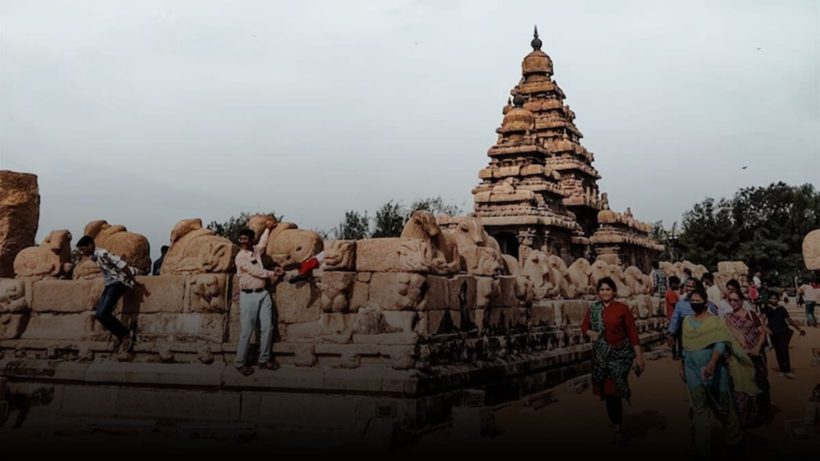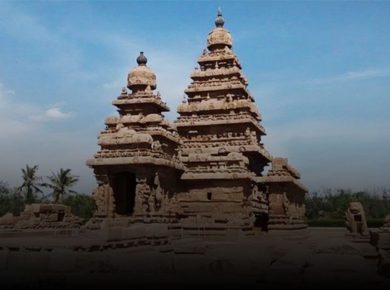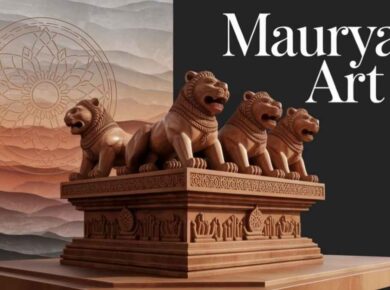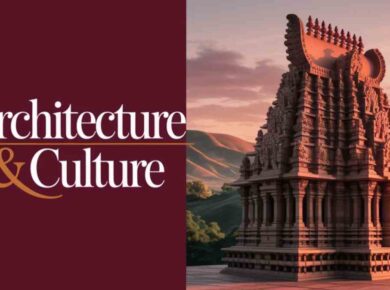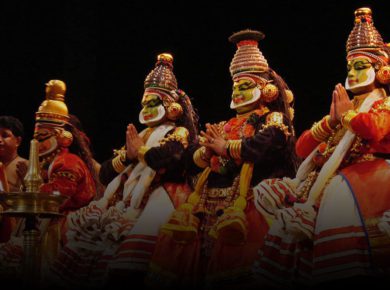Indian Social Structure in Ancient India
Initial differentiation of Arya varna & Das varna (Based on color) later developed into a complex ‘varna system’, which in place of the tribe divided society into Brahmana, Kshatriya, Vaishya and Shudra categories. The first two ‘varnas’ exploited the most numerous and productive Vaishya varna, whereas the three in unision exploited the Shudras.
- ‘Varna/Jati’ system underwent further changes when new groups such as the Shakas, Kushanas, Parthians and Indo-Greeks people arrived in India.
- Growth of urbanization, craft production, and trade resulted in the rise of guilds or ‘shreni’ which in later times became castes.
- The behavior of guild members was controlled through a guild court. Customarily the guild (shreni-dharma) had the power of law.
Untouchables (Antyajas)
- Untouchability took roots during the last phase of Vedic period & became a separate social category in the age of the Buddha.
- Sometimes they were called the fifth varna (panchamd)
- They were not allowed to reside in the caste villages and had to stay in special quarters outside the main settlements. Their main task was to carry and cremate the corpses.
- The law-books have prescribed that they should be dressed in the garments of the corpses they cremated, should eat food from broken vessels and should wear only iron ornaments.
- By the Gupta period their status fell so much that they were forced to further strike a wooden clapper on entering a town.
- The hunters (nishada), fishermen (kaivartas) leather workers (charmakaras), sweepers (kukkusa), and basket makers (vend) all became untouchables.
- ‘Dom’ and ‘Domb’ was a tribe which became an untouchable category after coming into contact with the caste divided groups.
Purushartha, Ashrama & Sanskara
- The three concepts of ‘purusharth’, ‘ashrama’, and ‘samskara’ are interlinked
- ‘Purushartha’ means aims of life which is divided into four ‘ashramas’ or stages of life
- There-are four aims of life ‘dharma’ (right conduct), ‘artha’(pursuits through which livelihood is earned), ‘kama’ (worldly desires) and ‘moksha’ (salvation)
- To enable a person to practise the four ‘purusharthas’, the life of a person is divided into four ‘ashrama’ or stages
- For each ‘ashrama’ there are prescribed ‘samskaras’ or rites that need to be performed
- The first ‘ashrama’ is known as ‘brahmacharya’, which a person enters after the ‘upanayana sanskara’ or the sacred thread ceremony
- During the period of this ‘ashrama’ he receives education and learns to discipline his will and emotions.
- He has to live with the guru at his ‘ashrama’ in the forest & learn to obey and serve him.
- He begs alms for himself & his teacher + does odd jobs like fetching water & cleaning
- He practises the ideals of plain living and high thinking. Even a royal prince performed all these duties.
- The ‘brahmacharya’ stage thus prepared the individual to take on the responsibilities of a householder.
- The Second ashrama is ‘grihastha ashrama’ , the most important stage in a person’s life.
- During this period, he practices artha and kama in accordance with the
- He gets married, begets children and earns livelihood to support his family and discharge his obligations towards the society.
- After discharging all the duties of a householder, he enters the ‘vanaprastha ashrama’.
- During this stage he leaves the family and retires to the forest, where he practices detachment from all worldly pursuits and interests.
- He had to live only on fruits and vegetables and wear clothes made of deer-skin or barks of a tree.
- He practices meditation and austerities as well, and if he dies in this stage he attains moskha, Otherwise, he enters the ‘sanyasa ashrama’ in which he practises complete renunciation. Breaking all bonds with the society, he lives like an ascetic striving constantly for attainment of
- It is also possible that the system of the ashramas was evolved partly to counter unorthodox sects such as Buddhism and Jainism which encouraged young men to take up asceticism and by-pass family life altogether, a practice which did not receive the approval of the orthodox, though in later time provision was made for it.
- According to the scheme, the four stages of life began not with physical birth, but with sacred thread ceremony. Thus, the child could become the full member of the society only after investiture with the scared thread. This was one of the important ceremonies or ‘samskara’ at all the stages of life of a man from his conception to death.
- Sanskaras are prescribed for the 3 upper varnas, not for the shudras and untouchables.
Jajmani System
- Developed during early medieval period and continued till modern times in the rural society
- A complementary relationship between the groups of dominant peasant castes on the one hand and service and artisan castes on the other
- In this system the service castes rendered services to the land-owning peasant castes as well as to the high and dominant castes and were entitled to traditionally fixed shares of the produce and in some cases to a small plot of land.
- Thus, the leather-workers, the barbers, the priests, the garland makers, the ploughmen, and various types of smiths worked for the high castes or dominant landowning groups and were paid in kind on certain occasions or in the form of a land allotment.
- However, such service castes always retained some freedom to sell their goods and services.
- During medieval period this system of relationships acted as a safeguard in times of distress and calamities.
- Thus, it was noted that during famines the artisans who were not tied into the Jajmani system were harder hit than even the rural poor.
- This system of service-relationship is now breaking up under the influence of monetization, urbanization and industrialization.
